The Most Common Schematic Symbols Used in Electronics
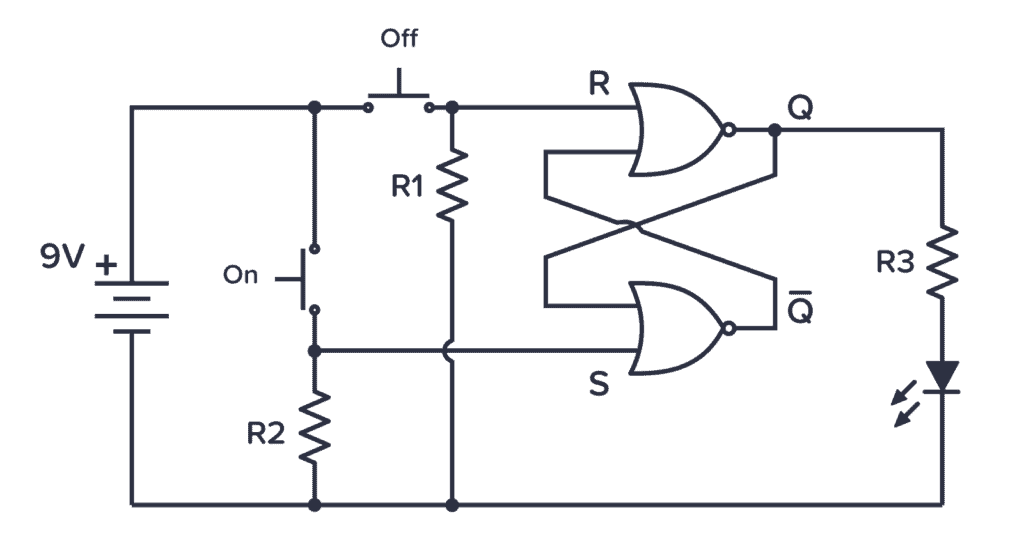
To be able to read schematics you must know the basic schematic symbols used in electronics. But you don’t need to memorize them all. To start with, it’s usually enough to know the battery, resistor, capacitor, transistor, diode, LED, and switch.
Later when you come across symbols you don’t know, you can come back here to identify what it is.
Below is an overview of the most used symbols in circuit diagrams.
Battery
The symbol for a battery is shown below.
A large and a small line is suppose to represent one battery cell so that the image below would suggest a two-cell battery of 3 V. But usually people just draw the battery symbol with one or two cells no matter what voltage it is.
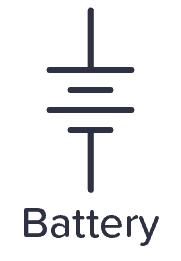
Capacitor
Capacitors are either polarized or not. The symbols that are commonly used for the two are shown below.
A polarized capacitor is marked with a “+” sign. It is important to distinguish between these two because the polarized capacitor needs to be placed correctly according to the “+” sign.
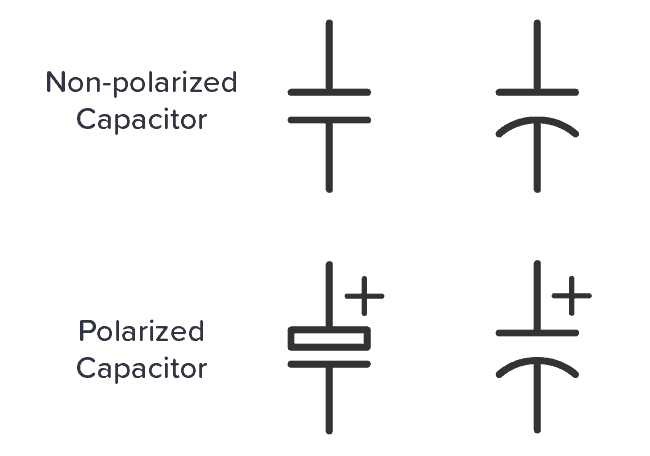 Schematic symbols for polarized and non-polarized capacitors
Schematic symbols for polarized and non-polarized capacitors
Resistor
The schematic symbol of the resistor are drawn in two different ways. The american style resistor is drawn as a zigzag resistor while the european style resistor is drawn as a rectangular resistor.
Even though I’m from Europe, I like to draw the zigzag version. I think it is easier to draw and looks better.
 American style resistor
American style resistor European style resistor
European style resistor
Potentiometer
The potentiometer is drawn in several different ways. The symbol is usually drawn as a resistor with an arrow across it or pointing down on it as the one below.
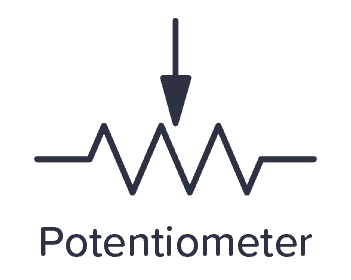
Diode
The diode family has several different symbols because there are several different types of diodes. Below is a standard diode, a Zener diode, a Schottky diode, and a Light-Emitting Diode (LED).
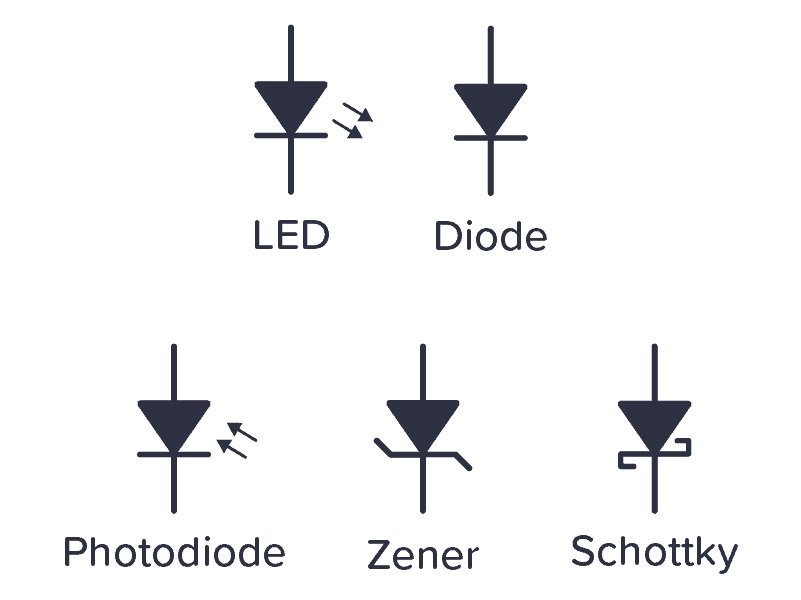 Different diode symbols
Different diode symbols
Schematic Symbols of a Transistor
The most common transistor types are the Bipolar Junction Transistor (BJT), Darlington Transistor, and Field-Effect Transistor (FET). The schematic symbols for these types are shown below:
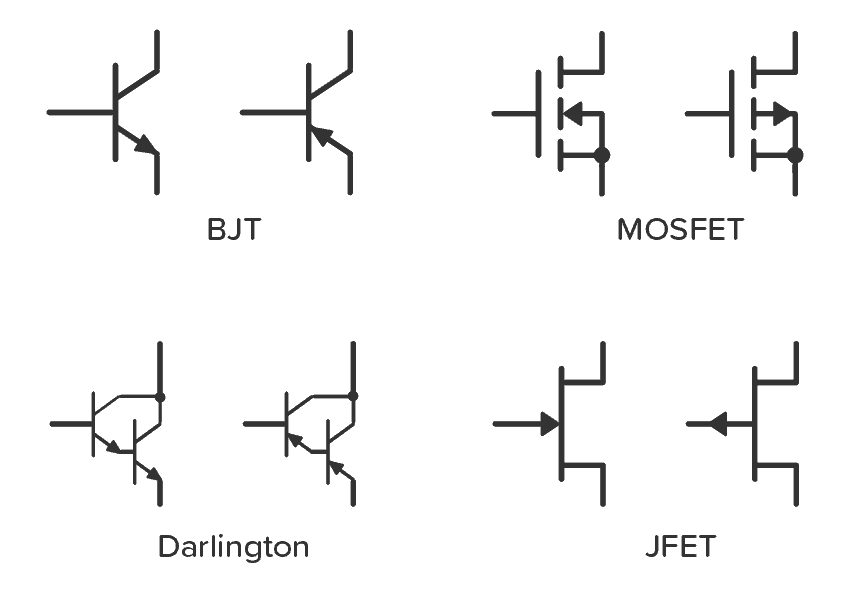 Transistor symbols
Transistor symbols
Schematic Symbol for an Integrated Circuit
An Integrated Circuit (IC) is usually shown as a rectangular box with pins. Below, an example of the CMOS IC 4017 is shown.
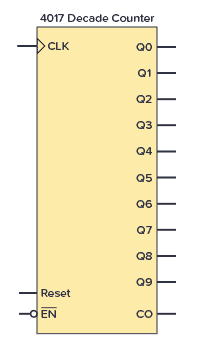 Schematic symbol for a 4017 IC
Schematic symbol for a 4017 IC
Logic Gates
Here are the schematic symbols for the logic gates:
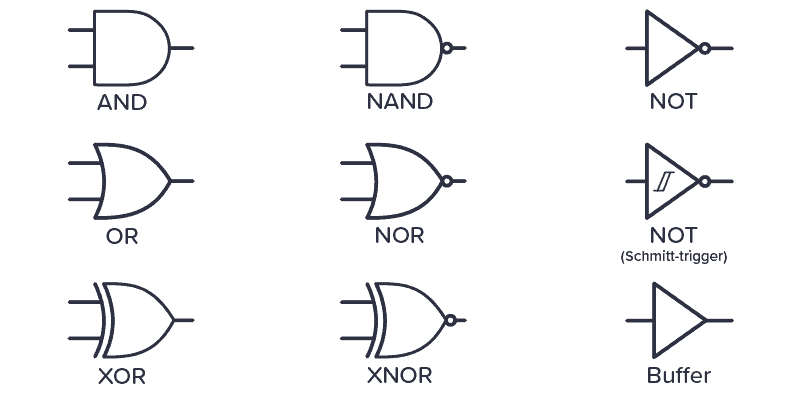 Logic Gates
Logic Gates
Inductor
The inductor symbol looks like a coiled wire as this is what an inductor essentially is.

Transformer
The symbol of the transformer looks like two inductors with something in between them. That’s because that’s basically what a transformer is.
 The transformer symbol
The transformer symbol
Switch
A switch can be represented in numerous ways in a circuit diagram. Below is a few examples:
 Three different switch symbols
Three different switch symbols
Operational Amplifier
The operational amplifier or “opamp” is represented as a triangle with two inputs and one output. In some cases, the power supply pins are removed, but you still need to connect them for it to work.
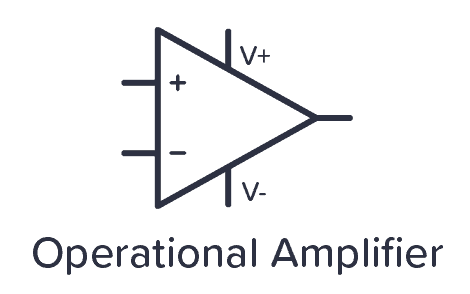
Power symbols
In larger circuit diagrams, you usually have a lot of connections to the power supply. To simplify, it’s common to use power symbols for ground and VDD (or VCC) as shown below.
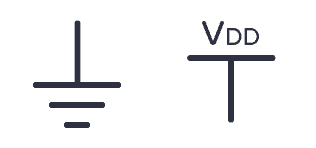 Power symbols for Ground and VDD
Power symbols for Ground and VDD
In circuits where you have a dual supply, that is positive, neutral, and negative – you usually have a third power symbol that looks like the VDD symbol, just upside down.
Photoresistor
The symbol for a photoresistor – or Light-Dependent Resistor (LDR) – looks like a resistor in a circle with arrows pointing inwards.
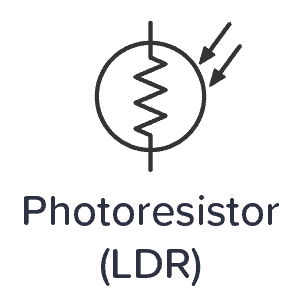
Crystal
The crystal is a component used to create a stable clock frequency, often for microcontrollers. In circuit diagrams it looks like this:
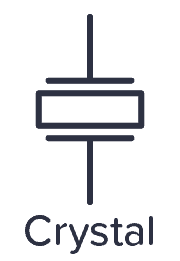
Fuse
Fuses are often used in higher-voltage circuits. The fuse symbol looks like this:
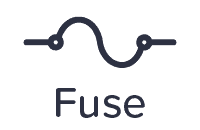
More Schematic Diagram Tutorials















![Toni Kroos là ai? [ sự thật về tiểu sử đầy đủ Toni Kroos ]](https://evbn.org/wp-content/uploads/New-Project-6635-1671934592.jpg)


